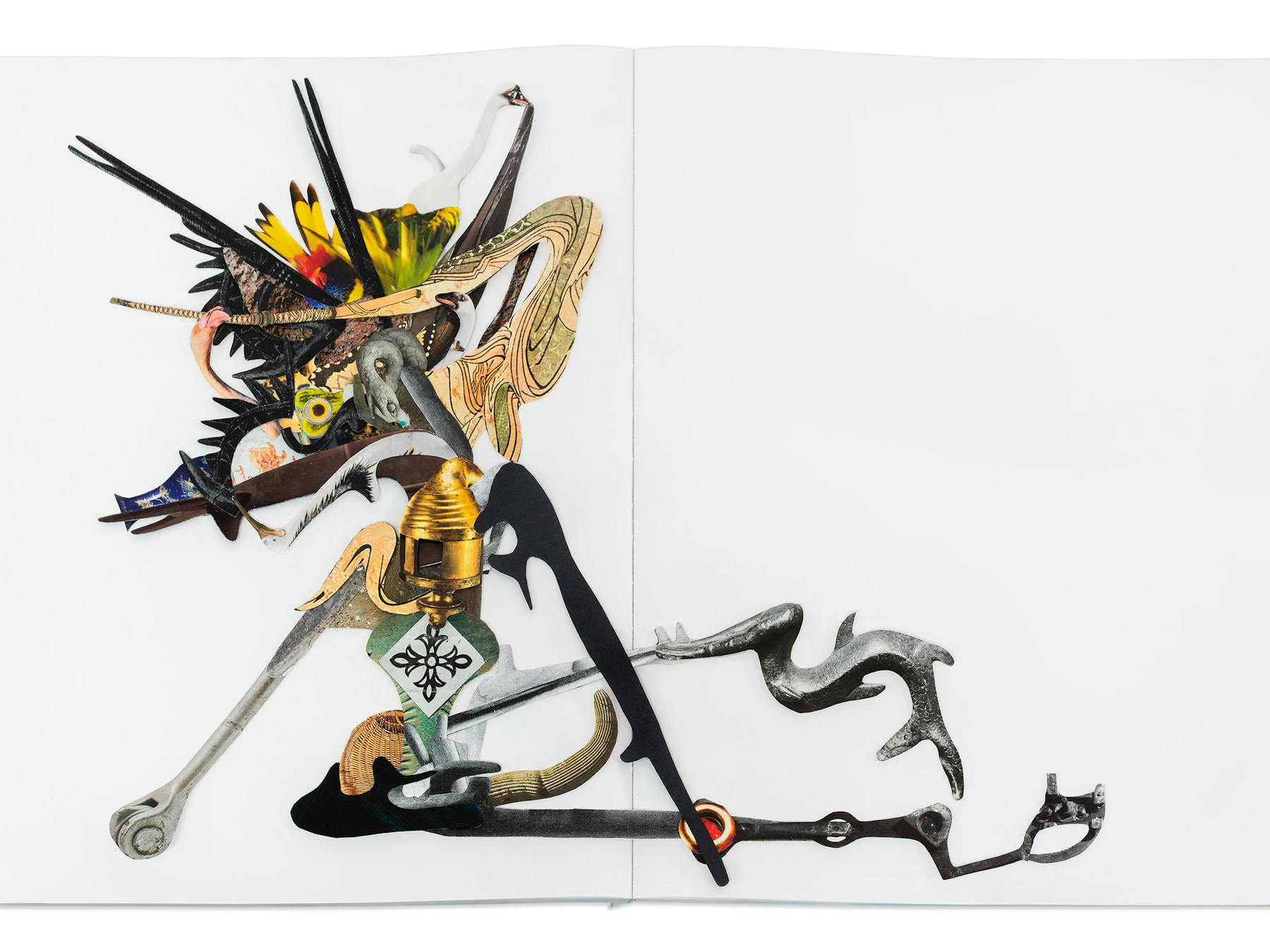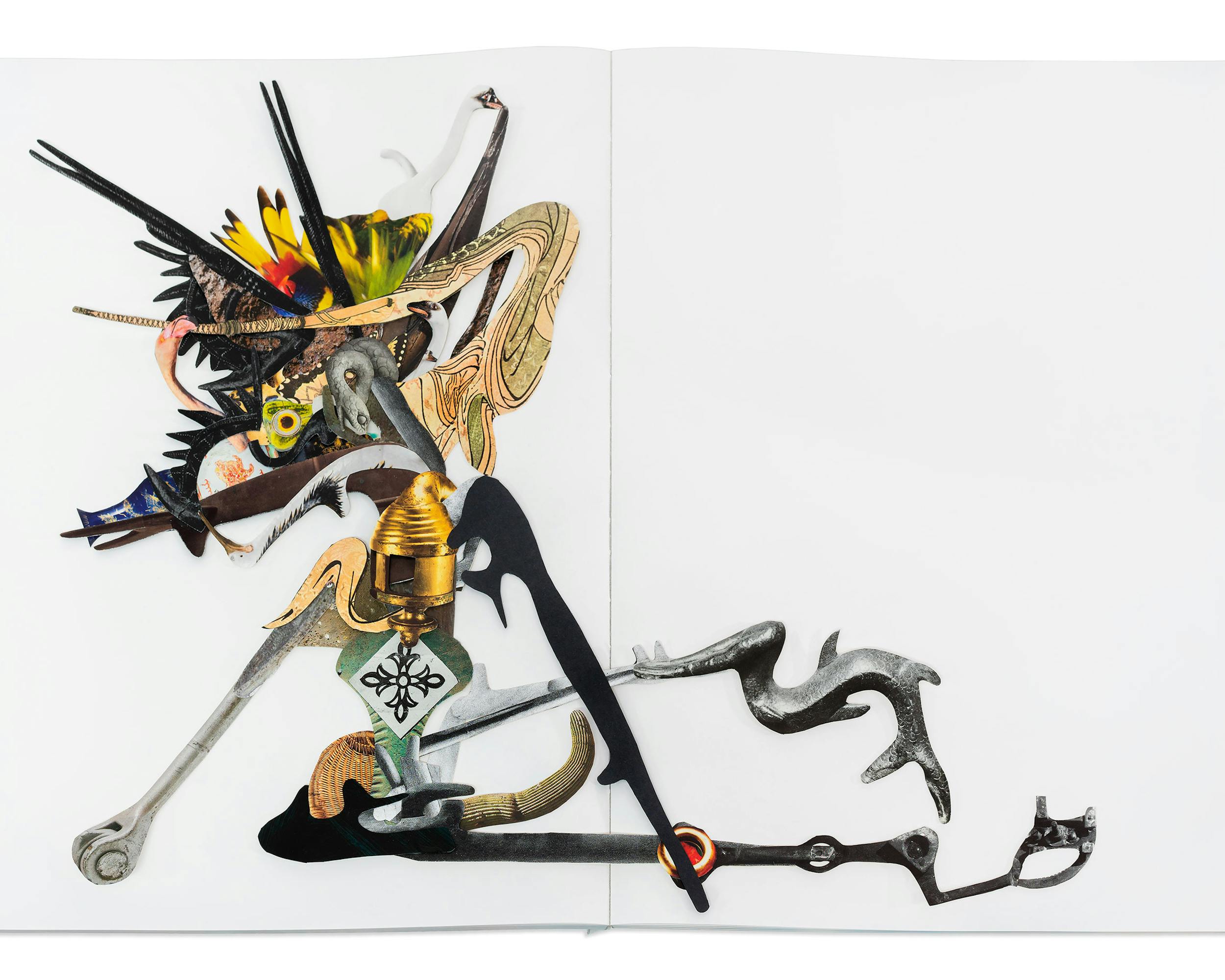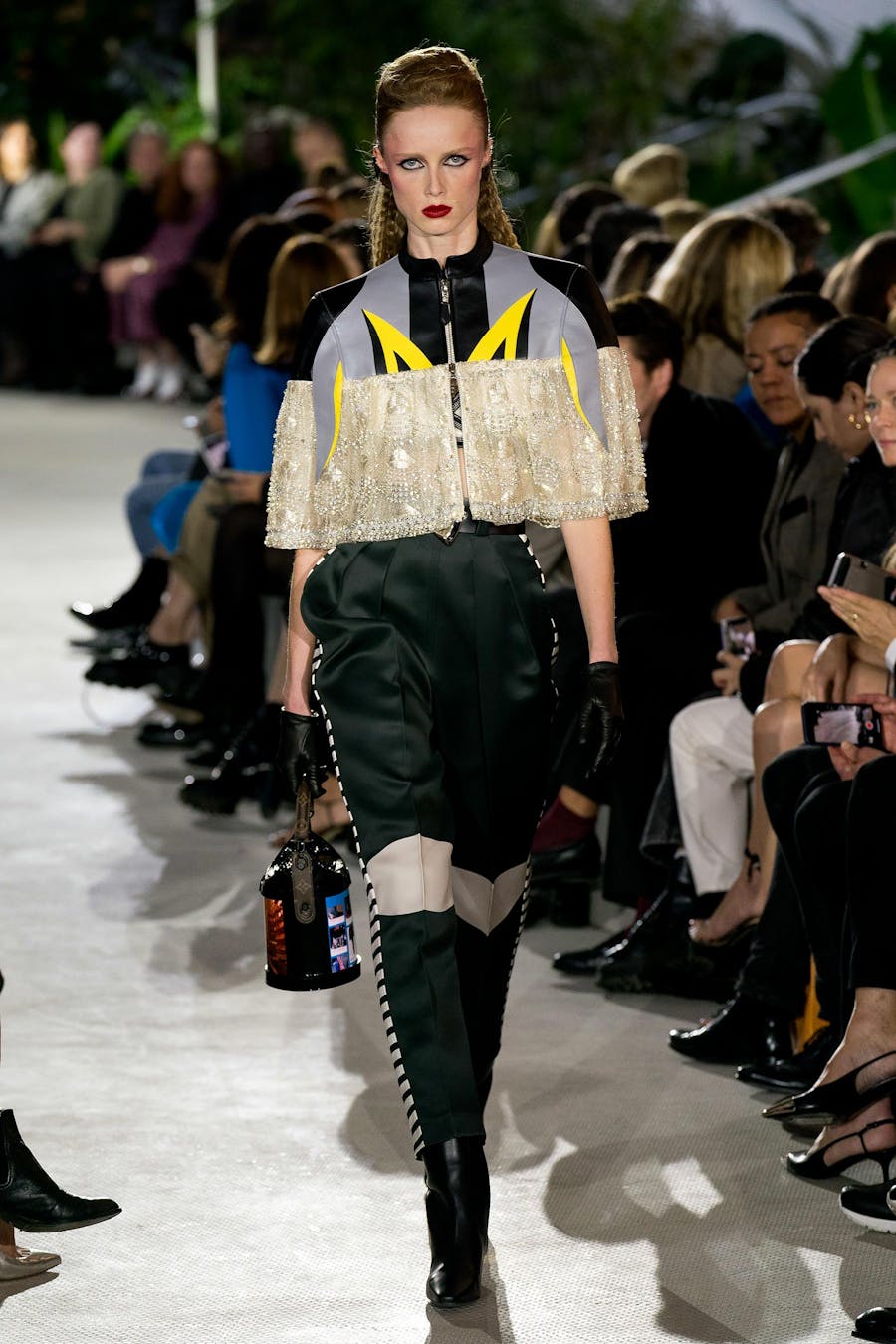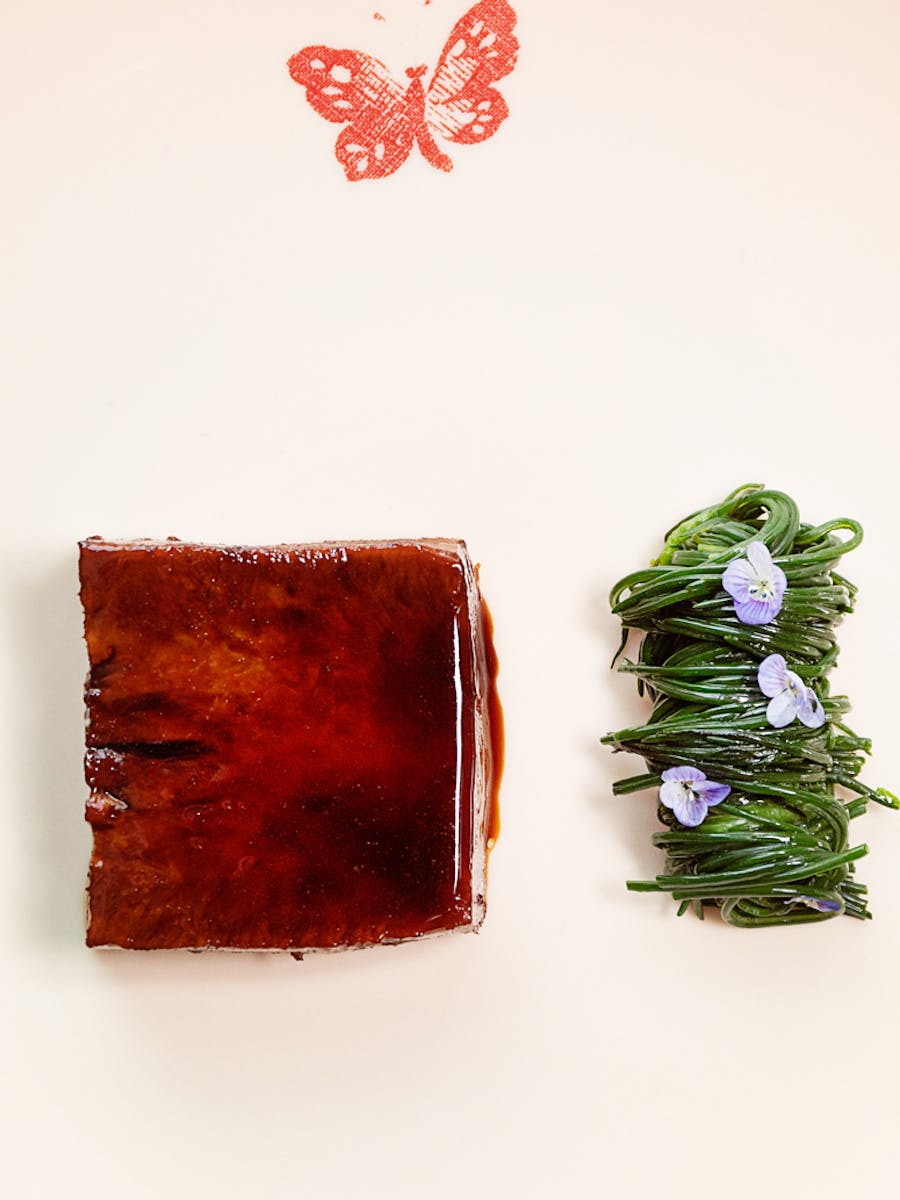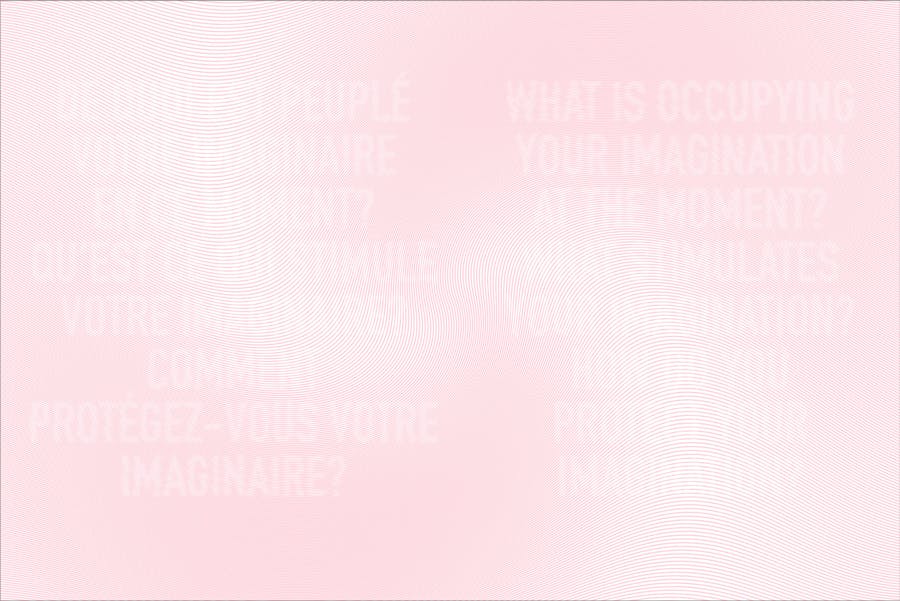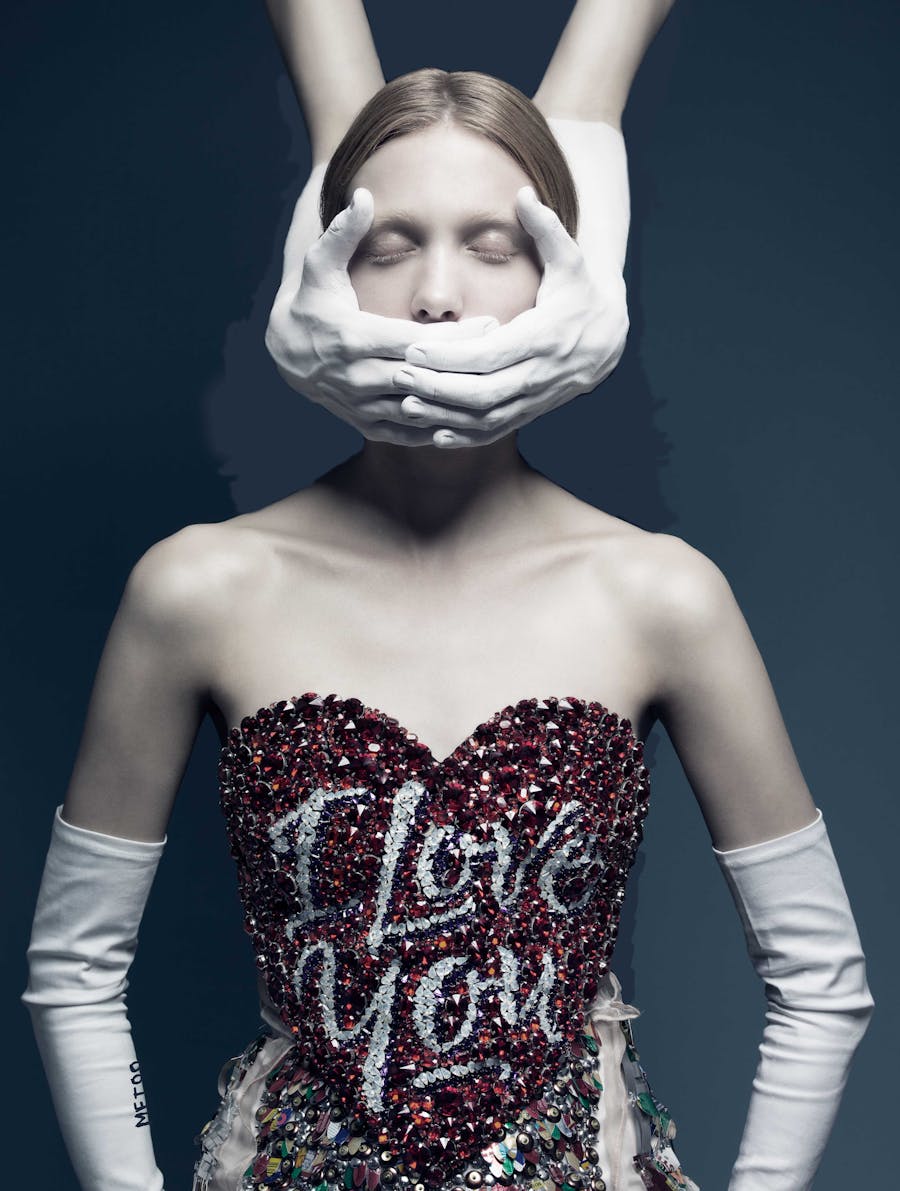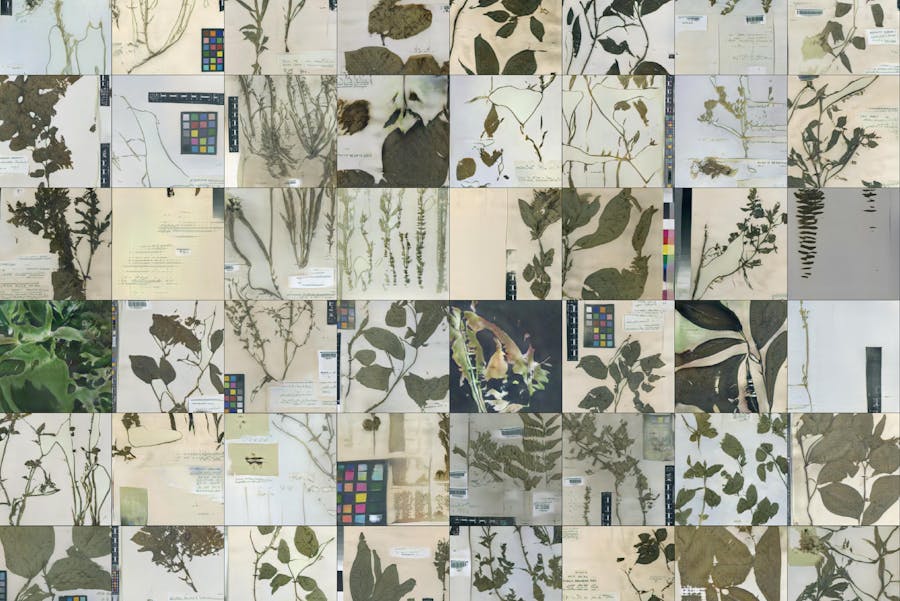Not many things make the queer Mexican artist Pepe Mar blush. Based in Miami Beach, Florida, Pepe openly deals with controversial themes such as sexuality, immigration, mass media, politics, (dis)information and pop-culture through his work. Fascinated by the mytho- logy of the self and social “alter egos,” Pepe gave life to Paprika, his daring doppelgänger who’s often incorporated in his immersive, life-size installations. Paprika embodies Pepe’s most uninhibited thoughts towards general conventions, feelings such as shame, anger, racism and fear. We sat down with Pepe to better understand his vocabulary of objects, and his artistic take on the sense of guilt, judgment, and shame that nowadays conservative (as well as falsely open) societies instill in the individuals’ minds.
Have you ever heard of Exhibition Magazine before ? What were your thoughts when you head of this collabo- rative project and what inspired your creative intervention on the blank copy of Exhibition Magazine ?
I have been around magazines my entire life, and they are also integral to my collage practice. I had an issue of “Exhibition” magazine on my collage desk because a friend thought I would enjoy both the size of the pages and the lusciousness of the paper itself. I have always wanted to do this type of creative intervention in amagazine, an editorial style project with portraits and my artwork. This is a culmination of much thinking on the subject.
Speaking of the theme of this issue, name three things that makes you blush.
I am an extrovert, so not many things make me blush unless I am star-struck—as I once was at a breakfast in Palm Beach with Nick Cave. But some things still make me blush. I get stage fright sometimes when people are looking at my work and discussing it in my presence. I love fashion, and I collect and wear all kinds of crazy clothes so sometimes the small town boy in me comes out if I get too many stares from onlookers. And sadly, even in our day and age, in very straight environments, I can become self-conscious about my sexuality.
Should art be provocative ? Do you attempt to perturb the audience through your practice ?
I think being oneself is always provocative to someone, and, being a Mexican, queer artist, I find myself making politi- cal statements simply by being. I find myself being placed on the fringes by a sometimes hostile, political environment.
How do you deal with issues such as sexuality, scandal, shame and anger in your work ?
Many of my works incorporate the alter ego “Paprika,” who is a daring personage—flamboyant, shameless, scandalous—and is a perfect avatar in dealing with emotions such as shame and anger.
Society always tends to rule over individuals by inspiring into them a sense of guilt and shame for actions that aren’t conforming with the accepted costumes. As a Mexican expatriated in USA, do you reckon any difference between the two Country towards this ?
I think Mexico and the U.S. share in a culture that encourages guilt and shame. Growing up in Mexico as a Catholic, there is a sense of guilt, judgment, and shame that one carries throughout life.
When and why have you started using the technique of assemblage to create immersive three dimensional ins- tallations ?
I started looking at magazines and cutting them to make my early collage works, which evolved into assemblages over the last ten years. The assemblages provide escapism into a glamorous world, evoking desire and lust.
Your artistic process it’s very specific, how did it develop throughout the years ?
My artistic process began as a way to nurture my per- sonal obsessions of shopping, collecting and thrifting. I started making massive three-dimensional collages using only magazine cut-outs at first. Later I would move to books, then to encyclopedias, then down to the present where I create my own materials, actual objects that are incorporated into the assemblages.
How do you collect and select the kind of printed material you choose to incorporate in your art pieces ?
I have to be resourceful with print media as it becomes more and more scarce. I bring many books and magazines into the studio and then have to “process” it all. During this processing, I have to sit for days, weeks, months and go page by page to find those images that catch my eye, curating what will make it into future collage works.
Do you draw inspiration from first-hand real life situations or more from processed information ?
All of my work is personal, and it rarely comes from processed information. All of it is about the collision of my life with my art. My work expresses various aspects of my life such as being around electronic music blasting from large speakers, or experien- cing a drag performance on Ocean Drive in Miami Beach, or being questioned by immigration every time I return to the U.S. from anywhere in the world, because I still hold a Mexican passport.
If you were running a magazine, would you try to break the flatness of paper ? If yes how would you do it ?
That’s a relevant question to my current practice because I have been creating works “backwards” lately. I am taking archi- val images of my 3D collages and making fabric paintings out of these. I am thereby flattening the original works, creating a new hybrid. I think this can be done differently, using scale in a maga- zine like “Exhibition.” In the magazine, having images closer to life-size breaks away from the traditional flatness of regular-sized magazines.
Many of your works evoke different subjects all condensed together, is there a general symbolic meaning behind it ?
“Paprika” is always surrounded by a cast of characters, particularly in the 3D shadowbox works. He devours information to create cross-cultural references across time and space. These are wun- derkammers filled with real masks and objects from history mixed with my imagined masks and objects forming a self-mythology.
You seem to constantly investigate the idea of materiality, what’s your relationship with objects ?
Objects dictate the start of every work for me. There is the exciting find that’s the initial fire. Recently I have been pon- dering them more than I used to because I have so many in the studio now. I am particularly in love with brass objects and horned figures which are essential to create “Paprika’s” headdress. I was just in San Miguel de Allende, Mexico, a couple of weeks ago and I acquired two reproductions on resin of cactus leaves. I established my vocabulary of objects over the years using so many cut-outs, but now I simply hunt for the objects in real life.
What do you think of paper as support and printed press as a way of convey art and information ?
I love the tactility of paper, its materiality, its malleabi- lity. It’s sad for me in a way that print media is less and less of a regular experience for people as social media platforms take over. I still get the thrill of holding a magazine in my hands, unders- tanding its weight, understanding its texture; it’s a valuable way of obtaining information through multiple senses that only print media can engage.
